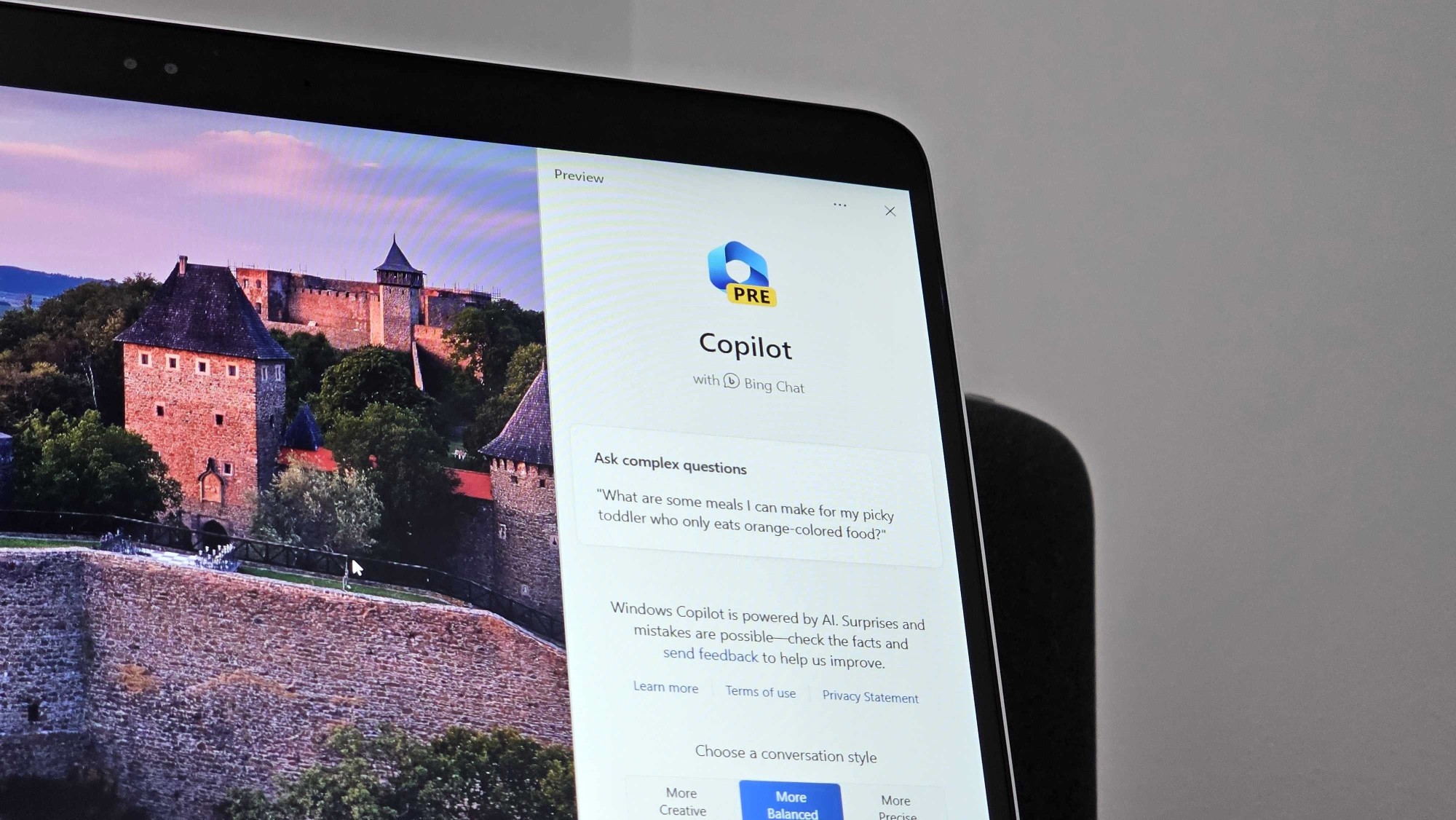Windows 11 Copilot might be causing your desktop icons to fly between displays
The Copilot experience might be unavailable for users leveraging the multimonitor configuration on Windows 11.

What you need to know
- Microsoft's Windows 11 22H2 preview cumulative update, KB5031455, recently shipped for users adding new features, but it's also causing some issues.
- The issue is causing desktop icons to move sporadically and jump between displays on Windows 11.
- Microsoft has acknowledged the issue and pointed out that the issue occurs when moving unexpectedly between monitors while attempting to use Windows Copilot.
- The company is working on a fix and will provide additional information in an upcoming release.
- In the meantime, the Copilot experience might be unavailable for some users (especially those using the multimonitor configuration).
There was a lot of excitement revolving around October's Windows 11 22H2 preview cumulative update, KB5031455, which shipped with many new features, including the much-anticipated Windows Copilot (Windows 11's integrated AI assistant).
However, the update also shipped with an issue causing desktop icons to move sporadically and jump between displays on Windows 11. According to Microsoft:
"Windows devices using more than one (1) monitor might experience issues with desktop icons moving unexpectedly between monitors or other icon alignment issues when attempting to use Copilot in Windows (in preview)."
Has the issue been patched?
While Microsoft continues to work on fixing the issue, the Copilot experience on Windows 11 might be unavailable for some users (especially on devices leveraging the multimonitor configuration).
The company stated it would provide additional information regarding the issue in an upcoming release, possibly remedying the situation.
It's also possible that you might encounter another issue, as outlined below by Microsoft:
Using the FixedDrivesEncryptionType or SystemDrivesEncryptionType policy settings in the BitLocker configuration service provider (CSP) node in mobile device management (MDM) apps might incorrectly show a 65000 error in the "Require Device Encryption" setting for some devices in your environment. Affected environments are those with the "Enforce drive encryption type on operating system drives" or "Enforce drive encryption on fixed drives" policies set to enabled and selecting either "full encryption" or "used space only." Microsoft Intune is affected by this issue but third-party MDMs might also be affected.
Get the Windows Central Newsletter
All the latest news, reviews, and guides for Windows and Xbox diehards.
The issue won't affect drive encryption or the reporting of other device problems, including other BitLocker issues, as it's a reporting issue only.
Have you encountered this odd occurrence affecting desktop icons on Windows 11? Please share your experience with us in the comments.

Kevin Okemwa is a seasoned tech journalist based in Nairobi, Kenya with lots of experience covering the latest trends and developments in the industry at Windows Central. With a passion for innovation and a keen eye for detail, he has written for leading publications such as OnMSFT, MakeUseOf, and Windows Report, providing insightful analysis and breaking news on everything revolving around the Microsoft ecosystem. While AFK and not busy following the ever-emerging trends in tech, you can find him exploring the world or listening to music.
